Honestly, science curriculum can be daunting to plan. For instance, students learn everything from cloud types to balancing equations. This means that students must develop a strong understanding of many concepts. Thankfully, teachers understand this and work hard to plan engaging and hands-on activities to help students remember the content. For instance, teachers use labs and simulations when planning plate tectonics and earthquake activities. Additionally, they use Plate Tectonics, Volcanoes, and Earthquakes Graphic Organizers to help classes organize their thoughts. This variety helps ensure students focus on the material without becoming frustrated and overwhelmed.
Science Progression
Due to the range of science concepts, standards do not necessarily follow a traditional scope and sequence. Instead, students learn so many concepts in middle school. Then, this becomes the foundation for different classes as they progress to high school. This means they may learn the foundational information in 8th-grade science but not focus on it again until 10th grade. Understandably, this challenge means that teachers work hard to ensure students do not memorize information. Instead, they develop lessons allowing students to build a strong understanding.
Plate Tectonics, Volcanoes, and Earthquakes Graphic Organizers
When learning about plate tectonics, volcanoes, and earthquakes, students hear many terms and concepts. So, they can become lost and confused. Since no teacher wants this, they plan engaging plate tectonics and earthquake activities to help students process the information. Thankfully, these graphic organizers are a great example of science teachers using creative methods to help students sort information.
Specifically, there are four sets of organizers to support learning these essential concepts. Best of all, they work in print and digital formats to fit all classrooms!
Plate Tectonics Organizers
Honestly, it can be tough to keep the different plate boundaries straight. While convergent and divergent sound similar, they are total opposites. So, this set helps students organize their notes. There are 3 different graphic organizers based on the needs of students. They will love this review and extension activity!
Earthquakes Graphic Organizers
When planning plate tectonics and earthquake activities, vocabulary is essential. For instance, students will learn about different types of faults, epicenters, focus, and earthquake waves. So, there are 8 pages to help keep all these terms straight!
Volcano Graphic Organizers
Honestly, volcanoes are fascinating! Students love to learn about lava and the destruction that can occur. However, they also need to know about the main types of volcanoes. So, there are graphic organizers for stratovolcanoes, shields, cinder cones, and dome volcanoes. There are even comparison charts for compare and contrast skills!
Volcanic Features Graphic Organizers
Since volcanoes are so complex, students love to learn everything about them. Thankfully, there are also graphic organizers to teach about features associated with volcanism. This includes calderas, sills, dikes, batholiths, geysers, and hot springs. Students will love exploring each concept!
Students often love all the fascinating real-world concepts involved in science. However, information can become super complex at times. Thankfully, there are supportive resources when planning plate tectonics and earthquake activities. For instance, the Plate Tectonics, Volcanoes, and Earthquakes Graphic Organizers help students make sense of so much information. Students will love learning about science with graphic organizers!
If you do not want to miss any of the upcoming lessons, join my email list to be notified of all the interactive lessons coming up! By joining the email list, you will also receive FREEBIES for blog exclusive subscribers!
Opt in to receive news and updates.

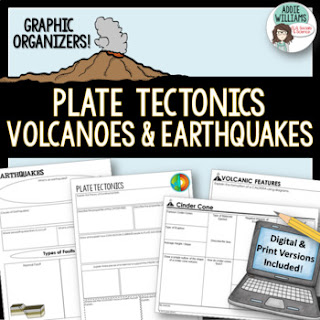
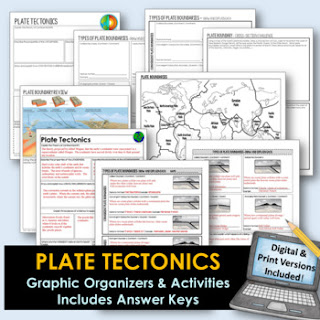
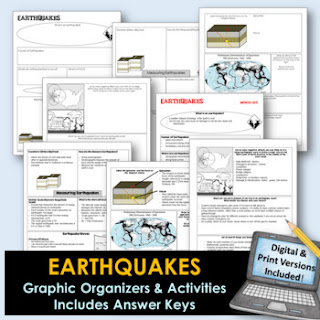
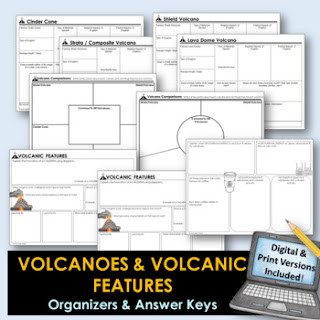
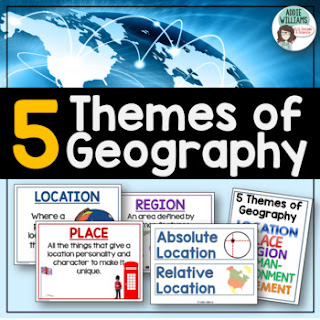
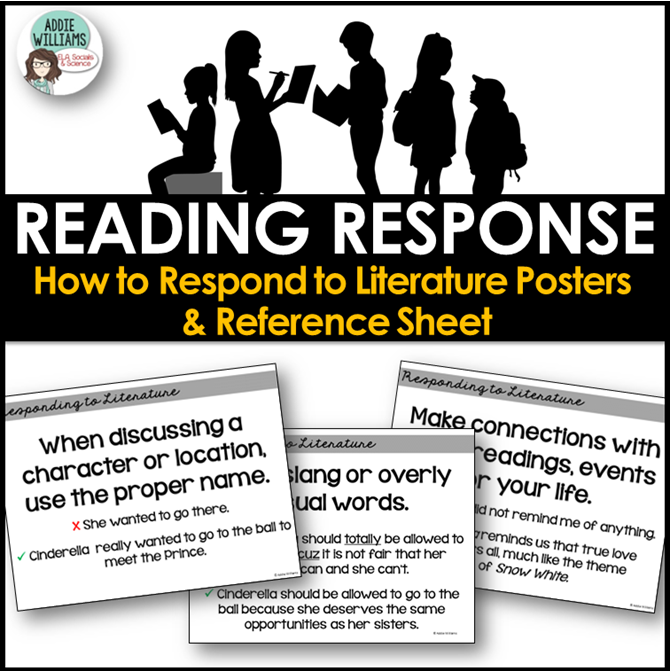
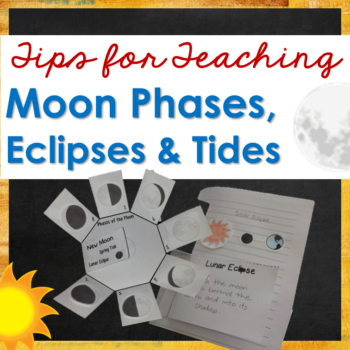
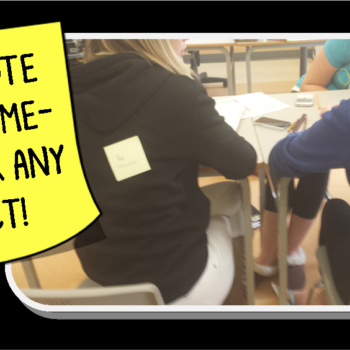

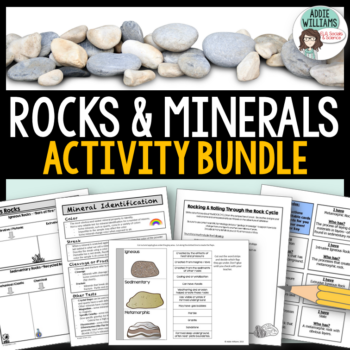 Rocks & Minerals Bundle
Rocks & Minerals Bundle 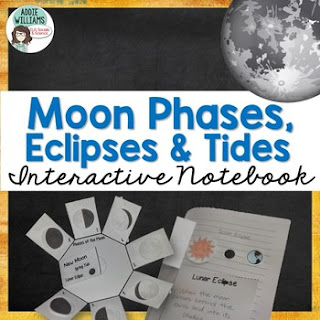 Phases of the Moon
Phases of the Moon 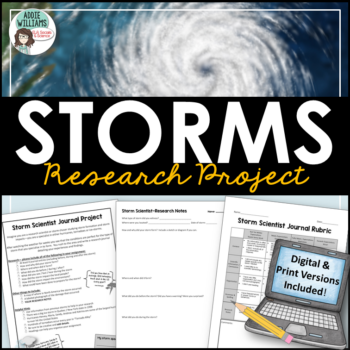 Storm Research Project
Storm Research Project 